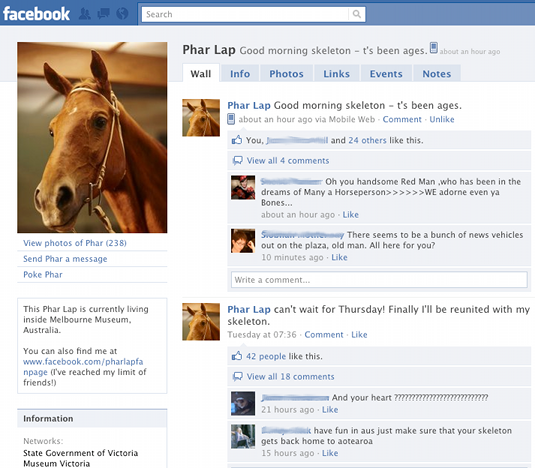While re-visiting the world of museum collections online for some writing on 'crowdsourcing as participation and engagement with cultural heritage', I came across a description of Bernard Herman's object-centred and object-driven models that could be useful for thinking about mental models designing better online collections sites.
(I often talk about mental models, so here's a widely quoted good definition, attributed to Susan Carey’s 1986 journal article, Cognitive science and science education:
'A mental model represents a person’s thought process for how something works (i.e., a person’s understanding of the surrounding world). Mental models are based on incomplete facts, past experiences, and even intuitive perceptions. They help shape actions and behavior, influence what people pay attention to in complicated situations, and define how people approach and solve problems.'

 To illustrate a clash in models, when you read 'model' you might have thought of lots of different mental pictures of a 'model', including model buildings or catwork models, and they'd both be right and yet not quite what I meant:
To illustrate a clash in models, when you read 'model' you might have thought of lots of different mental pictures of a 'model', including model buildings or catwork models, and they'd both be right and yet not quite what I meant:
And now, back to museums…)
To quote from the material culture site I was reading, which references Herman 1992 'The Stolen House', in an object-centred approach the object itself is the focus of study:
"Here, we need to pay attention to the specific physical attributes of the object. The ability to describe the object – to engage, that is, with a list of descriptive criteria – is at the forefront of this approach. A typical checklist of the kinds of questions we might ask about an object include: how, and with what materials, was the object made? what is its shape, size, texture, weight and colour? how might one describe its design, style and/or decorative status? when was it made, and for what purpose?"
In object-driven material culture:
"the focus shifts toward an emphasis on understanding how objects relate to the peoples and cultures that make and use them. In particular, ideas about contextualisation and function become all important. As we have already noted, what objects mean may change through time and space. As products of a particular time and place, objects can tell us a great deal about the societies that gave birth to them. That is, they often help to reflect, or speak to us, of the values and beliefs of those who created them. At the same time, it is also important to remember that objects are not simply ‘passive’ in this way, but that they can also take on a more ‘active’ role, helping to create meaning rather than simply reflect it."
It seems to me that the object-centred approach includes much of the information recorded in museum catalogues, while the object-driven approach is closer to an exhibition. Online museum collections often re-use content from catalogues and therefore tend to be object-centred by default as catalogues generally don't contain the information necessary to explain how each object relates 'to the peoples and cultures that make and use them' required for an object-driven approach. If that contextual information is available, the object might be sequestered off in an 'online exhibition' not discoverable from the main collections site.
A complicating factor is the intersection of Herman's approaches with questions about the ways audiences think about objects in museums and other memory institutions (as raised in Rockets, Lockets and Sprockets – towards audience models about collections?). The object-centred approach seems more easily applicable to individual objects but the object-driven approach possibly works better for classes of objects. I'm still not sure how different audiences think about the differences between individual objects and classes of objects, so it's even harder to know which approach works best in different contexts, let alone how you would determine which model best suits a visitor when their interaction is online and therefore mostly contextless. (If you know of research on this, I'd love to hear about it!)
I'd asked on twitter: 'Can mixed models make online collections confusing?' John Coburn suggested that modes of enquiry online might be different, and that the object-driven attributes might be less important. This was a useful point, not least because it helped me crystallise one reason I find the de-materialisation of objects online disconcerting – attributes like size, weight, texture, etc, all help me relate to and understand objects. Or as Janet E Davis said, 'I automatically try to 'translate' into the original medium in my head'. John answered with another question: 'So do we present objects via resonant ideas/themes/wider narrative, rather than jpg+title being "end points"?', which personally seems like a good goal for online collections, but I'm not the audience.
So my overall question remains: is there a potential mismatch between the object-driven approach that exhibitions have trained museum audiences to expect and the object-centred approach they encounter in museum collections online? And if so, what should be done about it?

